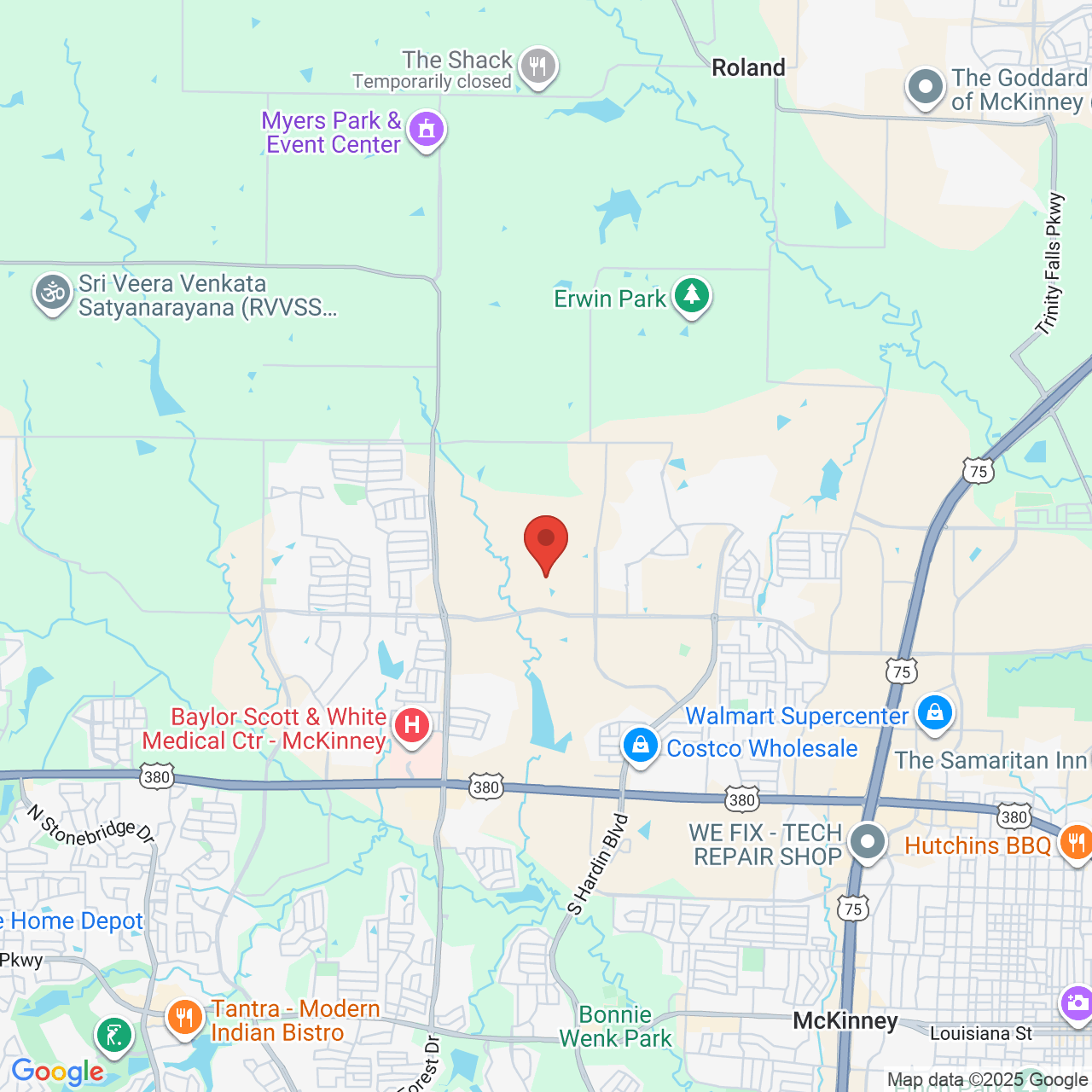Age Discrimination and Burden of Proof
 Age discrimination can happen to anyone over the age of 40 and is defined as an employer considering age when hiring, firing, determining wage, or other benefits.
Age discrimination can happen to anyone over the age of 40 and is defined as an employer considering age when hiring, firing, determining wage, or other benefits.
As more baby boomers remain in the workforce, age discrimination cases occur more often. One difficulty facing victims of age discrimination is the burden of proof. Servicing Dallas, TX and surrounding areas, attorney Dan A. Atkerson is experienced in age discrimination lawsuits and can help prove your case.
Employees Over 40 Are Protected Under Federal Law
The federal law called the Age Discrimination in Employment Act (ADEA) prohibits employers with 20 or more employees from discriminating against people 40 years old or older in all aspects of employment.
The ADEA states that a person over the age of 40 cannot be discriminated against because of his or her age during the hiring process, or when determining wages, promotions, firing, or anything else related to the job.
Who Carries the Burden of Proof?
In 2009, the Supreme Court ruled that age discrimination claims must meet a higher standard of proof than any other form of work place discrimination, placing the burden of proof on the plaintiff.
Even without the higher standard required by the Supreme Court, proving age discrimination can be difficult. It is rare that an employer will directly blame age for a person's firing, loss of promotion, or other work-related incident.
Proving Age Discrimination
Showing a pattern of behavior and knowing what may be included as evidence of age discrimination is key to proving this type of discrimination took place. One way to show a pattern of age discrimination is to keep a log of specific events and comments that show discrimination against yourself and other older employees. Logs should include specifics, such as dates and times, as well as specifics about what was said or done and by whom.
In many circumstances of age discrimination, the act of discrimination may be subtle or may not seem like discrimination on its own. Given broader context as well as a pattern of behavior, it may be possible to prove age discrimination has occurred.
When gathering evidence to support claims of age discrimination, the following are some examples of evidence that can help prove age discrimination has occurred:
- Younger employees are being hired and promoted more often than those over 40
- An employer regularly comments about the age of older employees
- Younger employees are not disciplined for things that older employees are disciplined for
- Job performance reviews go down with age
- Older employees are laid off while younger ones remain on the job
Reporting Age Discrimination
Another important way to support an age discrimination claim is to file a complaint with the Equal Employment Opportunity Commission (EEOC). The EEOC enforces the Age Discrimination in Employment Act and will investigate the complaint. The EEOC looks for evidence of age discrimination and will use its findings to determine if age discrimination did occur.
If discrimination occurred, the EEOC may sue the employer or may give the employee or discriminated party the right to sue.
An Age Discrimination Lawyer Can Help Prove Your Claims
In most instances of age discrimination, the employer will not directly say that he or she has fired someone, not hired someone, or passed someone over for a promotion because of age. Instead, the evidence can be very subtle.
Because of the subtlety, it may be difficult for someone who's been discriminated against to identify all of the evidence. Hiring an attorney experienced in age discrimination lawsuits can help ensure that all evidence is brought forward to present the strongest case possible.
Contact the Law Offices of Dan A. Atkerson
If you believe you have been the victim of age discrimination, you are encouraged to call the Law Offices of Dan A. Atkerson at (214) 383-3606 to schedule a consultation and learn more about your rights under the law.



